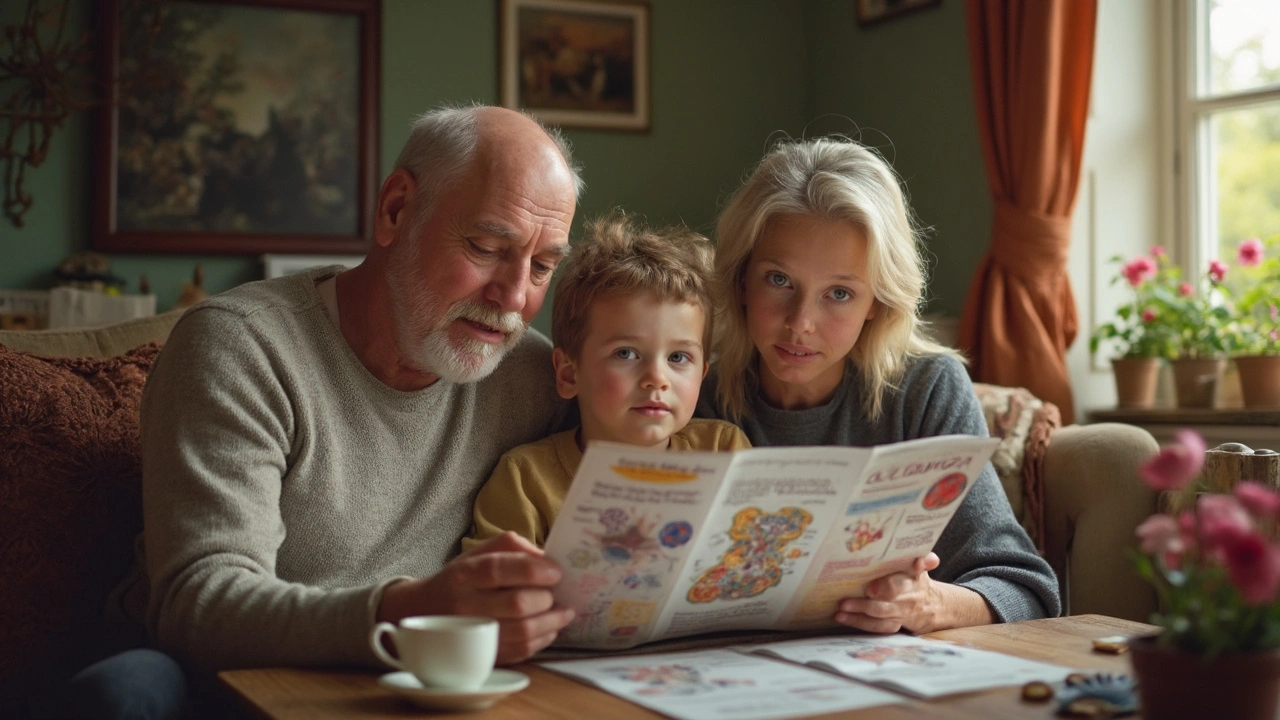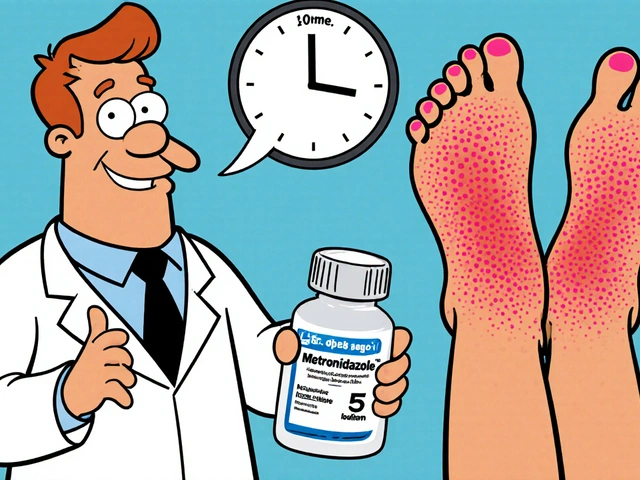Cancer Prevention: Practical Steps to Lower Your Risk
Want to cut your chance of getting cancer? You don’t need a magic cure—small, steady choices add up. Below are clear, practical actions you can take today and habits to build over time. No fluff, just the things that work.
Everyday habits that cut risk
Stop smoking. This is the single biggest change you can make. If quitting feels impossible, try small steps: nicotine replacement, counselling, or a quit plan with your doctor. Each smoke-free month lowers your risk.
Move more and sit less. Aim for about 150 minutes of moderate activity each week—walking, cycling, dancing. Strength training twice weekly helps keep muscle and metabolism healthy. Regular activity helps keep weight in check and lowers risk for several cancers.
Watch your weight. Excess body fat is linked to cancers like breast, colon, and pancreas. Focus on steady habits: smaller portions, more vegetables, and regular activity. Crash diets don’t help long-term.
Change what you eat, not just how much. Fill half your plate with vegetables and fruits. Cut back on processed and red meats. Choose whole grains, beans, nuts, and fish more often. Minimize sugary drinks and heavy alcohol—less is better. For alcohol, aim to keep consumption low: no more than one drink a day for women and two for men, or less.
Cook smart. Avoid heavily charred or burned meats. Use lower-temperature methods like baking, steaming, or stewing when possible.
Protect your skin. Use a broad-spectrum sunscreen SPF 30 or higher, wear a hat, and seek shade during peak sun. Tanning beds are a big no—skip them.
Screening, vaccines, and avoiding hazards
Get screened on schedule. Screening finds cancer early when treatment works best. Common checks include: mammograms for breast cancer (talk to your doctor about timing, many recommend starting around age 40–50), colon screening starting at age 45 for most people, Pap/HPV testing for cervical cancer, and lung screening with low-dose CT for heavy current or former smokers. Ask your clinician what fits your age and risk.
Vaccines protect. HPV vaccine prevents most cervical and many throat and genital cancers—best given in early teens, but catch-up shots are available. Hepatitis B vaccine prevents liver cancer when infection is a risk.
Reduce exposures at home and work. Test your house for radon (kits are cheap). Use protective gear if you handle chemicals. Follow safety rules for occupational hazards and avoid unnecessary radiation scans.
Talk to your doctor about your personal risks. Family history, genetics, and certain medical conditions change the math. A doctor can tailor screening and prevention to you.
Prevention isn’t perfect, but it stacks the odds in your favor. Pick one habit to improve this week—quit smoking, book a screening, or swap a sugary drink for water. Small wins build real protection over time.




